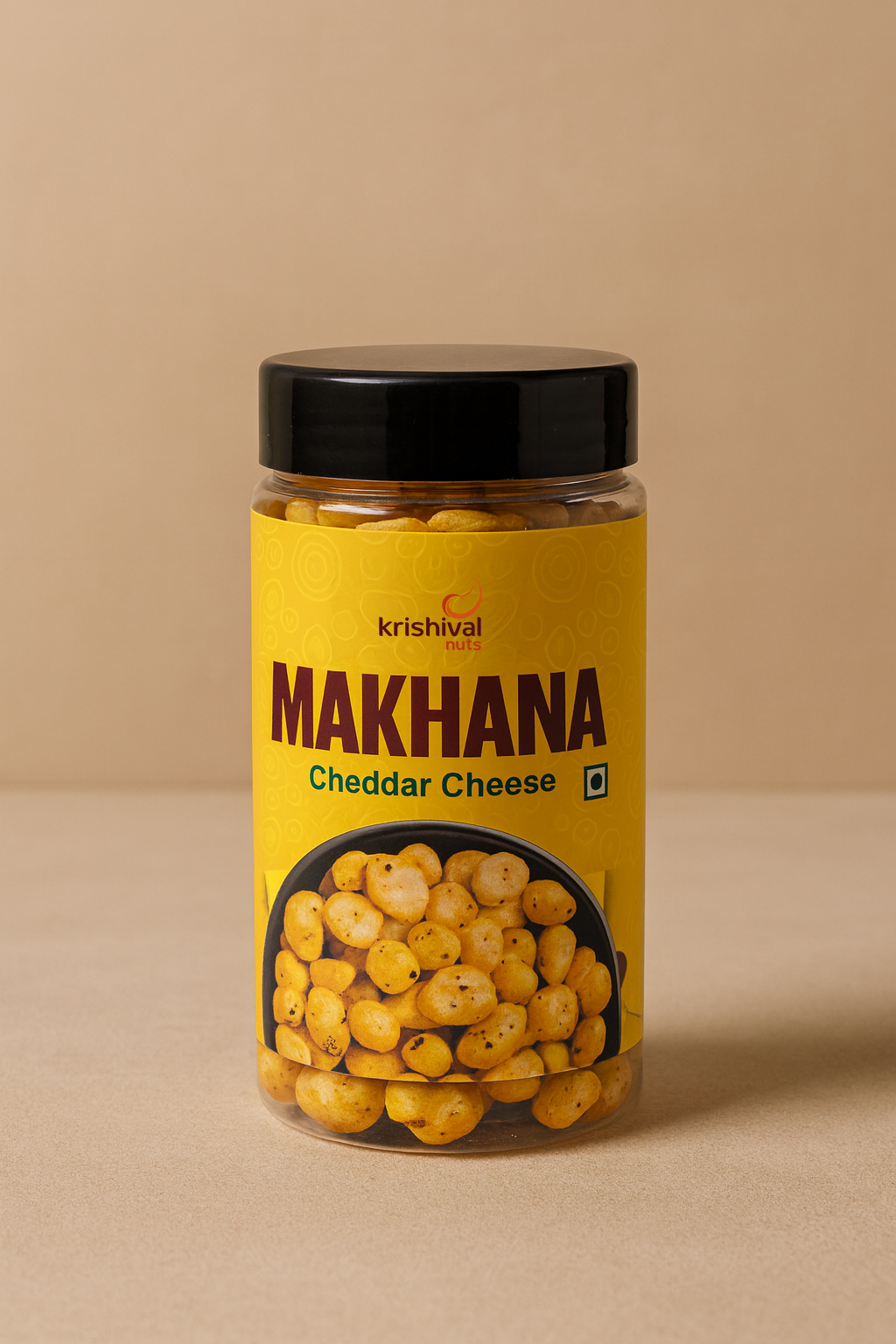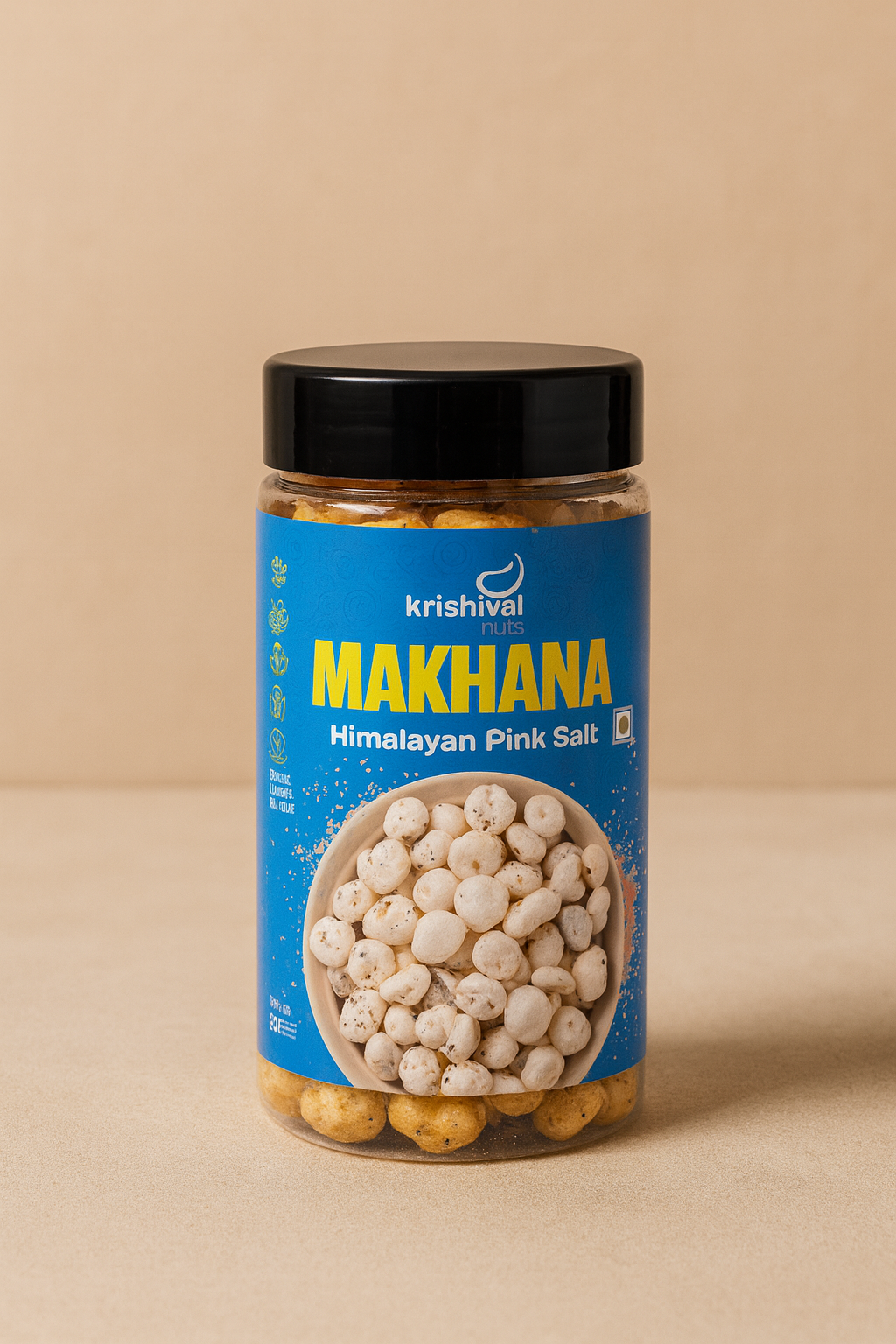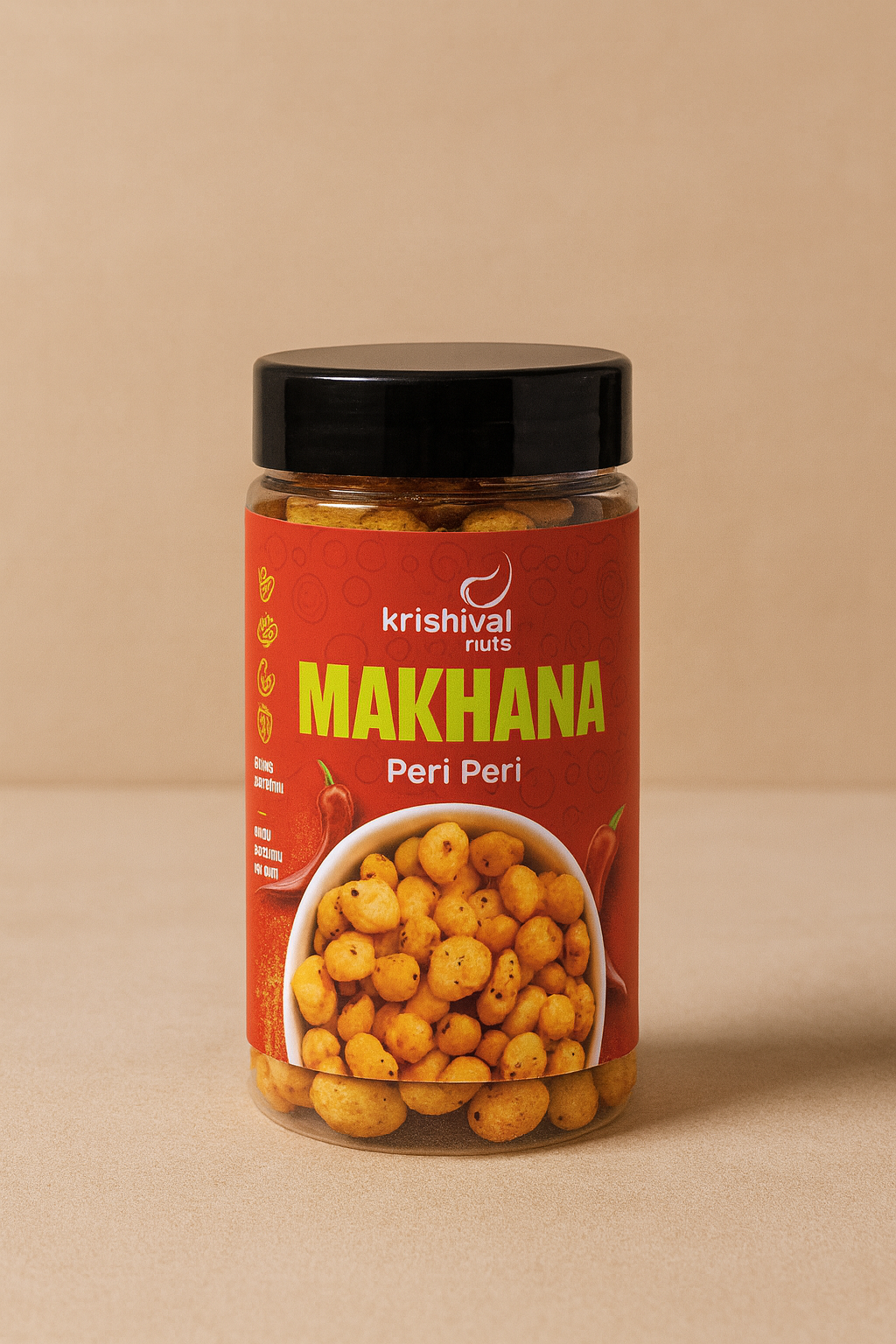Almonds and peanuts are two of the most popular and nutritious nuts, offering a natural and sustained energy boost. Packed with protein, healthy fats, and essential vitamins, they make for an excellent snack to fuel your body throughout the day. Peanuts are rich in protein and heart-healthy fats, while almonds provide a great source of fiber, vitamins, and antioxidants. Whether you're looking for a quick snack or a more substantial energy source, both peanuts and almonds are ideal choices to keep you energized and satisfied.
Table of Contents
- The Importance of Choosing the Right Snack for Energy
- Nutritional Overview: Peanuts and Almonds
- Macronutrients and Caloric Value
- Protein Power: Building and Sustaining Energy
- Healthy Fats: Fuel for the Body
- Vitamins and Minerals That Support Energy Levels
- Fiber Content and Lasting Satiety
- Comparing Peanuts and Almonds: Which is Better for Energy?
- Heart Health and Other Added Benefits
- Portion Control and How Much to Eat
- Practical Tips: Incorporating Peanuts and Almonds Into Your Diet
- Budget and Accessibility Considerations
- Potential Downsides and Allergies
- Conclusion
- FAQs
The Importance of Choosing the Right Snack for Energy
Choosing the right snack is essential to maintaining steady energy levels throughout the day. Opting for snacks that are high in protein, healthy fats, and fiber can help prevent blood sugar spikes and crashes, keeping you feeling full and energized for longer. Snacks like peanuts and almonds, which provide a balanced mix of nutrients, are ideal because they deliver quick and lasting energy without the sugar rush or crash associated with many processed snacks. Choosing nutrient-dense snacks helps sustain energy levels and supports overall health.
Nutritional Overview: Peanuts and Almonds
Peanuts and almonds both provide an impressive nutritional profile, offering a range of essential nutrients that contribute to sustained energy. Peanuts, though technically legumes, are packed with protein, healthy fats, and fiber.Almonds are true nuts and are rich in vitamins, minerals, and antioxidants. Both nuts are versatile, affordable, and easy to incorporate into your daily diet. Understanding their nutritional makeup will help you make informed decisions about which to include as part of your energy-boosting routine.
Macronutrients and Caloric Value
Both peanuts and almonds are energy-dense, providing a substantial number of calories from their fat and protein content. Peanuts contain about 160-170 calories per ounce (28 grams), with a higher proportion of fat compared to almonds. Almonds, on the other hand, offer around 160 calories per ounce, but their fats are mostly heart-healthy monounsaturated fats. Both nuts provide a mix of macronutrients—protein, healthy fats, and minimal carbohydrates—making them a solid option for a balanced snack.
Protein Power: Building and Sustaining Energy
Protein is a key player in sustaining energy levels, especially for those looking for long-lasting fuel throughout the day. Peanuts are an excellent source of plant-based protein, offering around 7 grams per ounce. Almonds provide approximately 6 grams of protein per ounce, making them a great option as well. Protein helps repair and build muscles and tissues and provides a steady release of energy, which is especially beneficial during physical activity or after long hours of work.
Healthy Fats: Fuel for the Body
Both peanuts and almonds are rich in healthy fats, which are essential for providing sustained energy. Peanuts contain a mix of unsaturated fats, while almonds are higher in monounsaturated fats, which are known to benefit heart health by reducing bad cholesterol. These healthy fats help maintain steady energy levels and support the body’s functions. Healthy fats also help in the absorption of fat-soluble vitamins, contributing to overall health.
Vitamins and Minerals That Support Energy Levels
Vitamins and minerals play a critical role in maintaining energy levels. Almonds are an excellent source of vitamin E, magnesium, and calcium—nutrients that support muscle function, bone health, and cellular energy production. Peanuts provide a good amount of B-vitamins, such as niacin and folate, which help the body convert food into energy. Both nuts are rich in essential minerals, ensuring the body has the nutrients it needs to stay energized and functioning properly.
Fiber Content and Lasting Satiety
Fiber is essential for energy regulation, as it helps control blood sugar levels and promotes digestion. Both peanuts and almonds are good sources of dietary fiber, which helps maintain a feeling of fullness for a longer time. The fiber content in these nuts slows down the digestion of carbohydrates, ensuring that your body has a steady source of energy rather than a quick spike followed by a crash. Incorporating fiber-rich foods like peanuts and almonds into your diet can help manage hunger and maintain energy throughout the day.
Comparing Peanuts and Almonds: Which is Better for Energy?
When it comes to energy, both peanuts and almonds offer unique benefits. Peanuts provide slightly more protein per ounce, making them a great choice for those who need to build or repair muscles.Almonds offer a higher proportion of healthy fats and antioxidants, which support long-term energy and overall health. Your choice will depend on your specific energy needs—whether you're looking for a quick protein boost or longer-lasting, heart-healthy fuel.
Heart Health and Other Added Benefits
Both peanuts and almonds support heart health, but in different ways. Almonds are rich in monounsaturated fats, which help reduce bad cholesterol (LDL) and prevent heart disease. They are also packed with antioxidants, such as vitamin E, which helps protect cells from oxidative damage. Peanuts, while slightly higher in saturated fats, contain resveratrol, an antioxidant that has been shown to have heart-protective properties. Both nuts contribute to a heart-healthy diet and provide other benefits such as improved brain function, reduced inflammation, and better blood sugar regulation.
Portion Control and How Much to Eat
While peanuts and almonds are nutrient-dense and offer great energy benefits, portion control is essential to avoid overconsumption of calories. A typical serving size for both peanuts and almonds is about 1 ounce (28 grams), which is roughly a small handful. This portion provides a balanced amount of nutrients, delivering protein, healthy fats, and fiber without adding too many calories to your diet. It’s important to stick to recommended serving sizes to avoid excessive calorie intake.
Practical Tips: Incorporating Peanuts and Almonds Into Your Diet
Incorporating peanuts and almonds into your diet is simple and versatile. Here are some practical ideas:
- Snack on the go: Carry small portions of peanuts or almonds with you for a quick energy boost.
- Smoothies: Add a handful of almonds or peanuts to your morning smoothie for added texture and protein.
- Salads: Toss chopped almonds or roasted peanuts into salads for extra crunch and nutrition.
- Baking: Include peanuts or almonds in your baked goods, like granola bars or muffins, for a nutritious twist.
- Nut butters: Spread peanut butter or almond butter on whole-grain toast or mix into oatmeal.
Budget and Accessibility Considerations
Peanuts are generally more affordable compared to almonds, making them a budget-friendly option for those looking to incorporate nuts into their diet regularly. Almonds, while slightly more expensive, can often be found in bulk or on sale, offering an accessible way to enjoy their health benefits. Both nuts are widely available at grocery stores and health food markets, and they can be purchased in various forms, including raw, roasted, or as nut butter.
Potential Downsides and Allergies
While peanuts and almonds offer numerous health benefits, they can cause allergic reactions in some individuals. Peanut allergies are particularly common and can be severe. Almond allergies are less frequent but still pose a risk for some. Additionally, because both nuts are high in calories, overconsumption could lead to unwanted weight gain. It’s important to be mindful of portion sizes and consult with a healthcare provider if you have any nut allergies.
Conclusion
Peanuts and almonds are two powerhouse snacks that provide a great combination of protein, healthy fats, fiber, and essential vitamins and minerals. Both nuts contribute to sustained energy, improved heart health, and overall well-being. By incorporating these nuts into your daily diet in moderate amounts, you can experience long-lasting energy without the crash associated with sugary snacks. For the best quality peanuts and almonds, Krishival offers premium options that are packed with natural goodness, ensuring you get the most out of these nutritious nuts.
FAQs
-
How do peanuts and almonds provide energy?
Peanuts and almonds are rich in protein, healthy fats, and fiber, which provide sustained energy by helping maintain stable blood sugar levels and preventing energy crashes.
-
Which is higher in protein: peanuts or almonds?
Peanuts contain slightly more protein per ounce than almonds, offering about 7 grams of protein compared to almonds’ 6 grams.
-
Are peanuts or almonds better for weight management?
Almonds may be slightly better for weight management due to their higher fiber content, which promotes satiety and helps control hunger. However, both nuts can be part of a balanced weight management plan when eaten in moderation.
-
Can I eat peanuts and almonds together for a snack?
Yes, combining peanuts and almonds creates a balanced snack with a mix of protein, healthy fats, and fiber, making it a great option for energy.
-
What is the recommended serving size for energy benefits?
A typical serving size for both peanuts and almonds is about 1 ounce (28 grams), which provides a good balance of nutrients without excess calories.
-
Are there any side effects of eating too many peanuts or almonds?
Overeating peanuts or almonds can lead to excessive calorie intake, potentially causing weight gain. Additionally, some people may experience digestive discomfort if they consume large amounts due to the high fiber content.
-
Do roasted or raw nuts offer more energy?
Both roasted and raw peanuts and almonds offer similar energy content. However, raw nuts may retain more of their natural nutrients and enzymes, while roasting can slightly alter their nutritional profile.
-
Are peanuts and almonds safe for children?
Peanuts and almonds are generally safe for children, but due to potential choking hazards and allergies, it’s essential to serve them in age-appropriate portions and monitor for allergic reactions.
-
Can people with diabetes include these nuts in their diet?
Yes, both peanuts and almonds have a low glycemic index and are high in fiber, making them suitable for people with diabetes to help regulate blood sugar levels.
-
How can I add peanuts and almonds to my daily meals for sustained energy?
Peanuts and almonds can be added to smoothies, yogurt, salads, or eaten as snacks. You can also incorporate them into baked goods like granola bars or muffins for a nutrient-packed treat.









